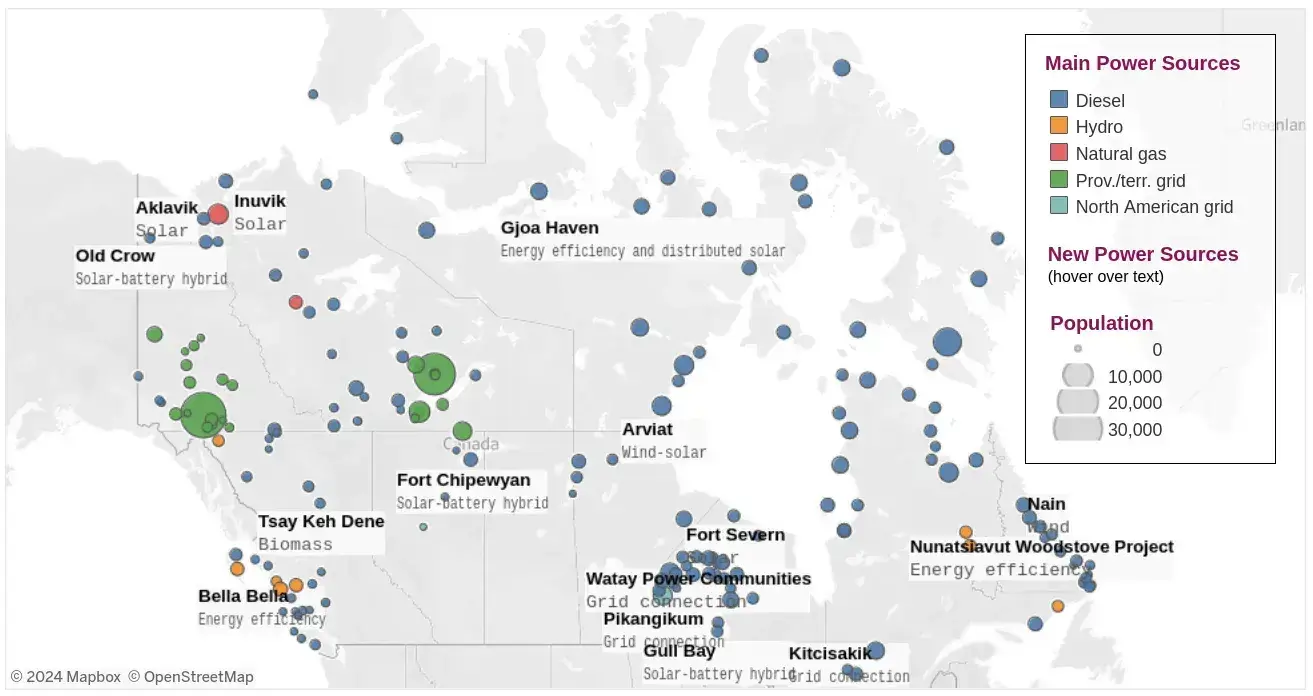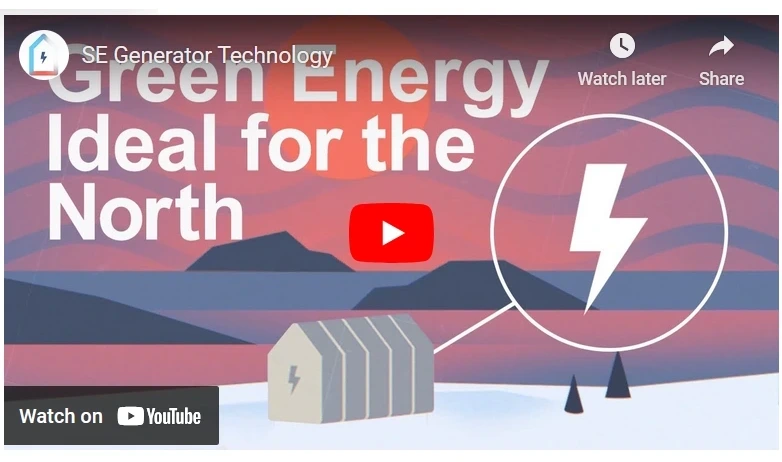
The difference between being hot and cold.
Innovative technology that uses the cold(or heat) from the air to create electricity. This solution works when wind and solar are not realistic solutions.


Industrial process heating methods use fossil fuels and generate 10% of Canada’s total emissions. Lets replace how heat is created.
Reducing greenhouse gas (GHG) emissions from industrial processes is crucial for combating climate change and advancing sustainable development. Industrial process heating is a major contributor to global GHG emissions, responsible for roughly 10% of the total. This is largely due to heating applications that depend on hydrocarbon fuel combustion for steam production or direct heat. Key sectors like food processing, iron and steel, chemicals, and pulp and paper are particularly reliant on industrial heating.
In Canada, for example, there are 1814 facilities that emitted over 293 mega tonnes of greenhouse gas (GHG) emissions in 2022 as reported by Environment and Climate Change Canada (ECCC).
Below is a map of Canada. It describes the industrial facility locations and the amount of greenhouse gas emitted.


Replacing Diesel Generators in northern communities is difficult when your only tools are solar or wind.
The Arctic is very cold and dark in the winter and northern communities are forced to use diesel generators to create power to heat homes and create electricity. The US, Canada, Russia and Scandinavian countries need to replace diesel generators in order to reduce our dependency on fossil fuels.
In Canada, for example, there are 178 communities that are not connected to the electrical grid. They rely on diesel generators to create energy. Canada is committed to replacing these diesel generators in remote communities as part of its net-zero Clean Electricity Standard goal for 2035 and we have the solution.
Below is a map of Canada. It describes the remote communities and the sources of energy each community uses.


178 northern communities in Canada rely of diesel to heat homes
Federal government of Canada offers support to transition away from diesel generator use in the north.


Burning fossil fuels cause global warming
The UN states that burning gas, oil and coal contribute significately to global warming.


We generate electric power using the difference in two temperature.
The SE Generator Technology enables efficient electricity generation in environments with extreme cold or heat. It requires a stable temperature source, such as the ocean, underground reservoirs, or industrial heat. By leveraging variable temperatures—like ambient air—we create the necessary temperature differential to power the SE Generator.
This technology is ideal for regions where solar and wind energy are impractical. In many parts of Canada above the 50th parallel, extreme cold is common, with temperatures often reaching below -25°C in December. Days are also extremely short, with over 15 hours of darkness, leaving solar power insufficient for continuous energy generation. Additionally, in these cold environments, atmospheric low-pressure systems frequently lead to still air, making wind power unreliable.
The SE Generator Technology provides a solution by generating electricity even when the sun isn’t shining and the wind isn’t blowing. For example, ambient air is -25°C above ground, underground temperatures 20 feet below the surface is around +15°C. This creates a 40°C temperature difference. This allows the SE Generator to produce energy both day and night, regardless of weather conditions.


Our technology is currently in the research phase, and we are seeking support from organizations, communities, and industries interested in exploring innovative energy solutions. If you’re passionate about sustainable technology and would like to learn more or get involved in our mission, we invite you to connect with us. Together, we can shape a cleaner, more resilient energy future.


We would like to acknowledge Alberta Innovates for the support they provided us for this technology research and business innovation.
“The northern regions of the world are dark and cold at a time of year when you need energy the most, the arctic winter; but this is ideal for our technology. We can create electricity even when environmental conditions are extreme.”
Christopher S. Pinter
CEO, Veküvek Energy